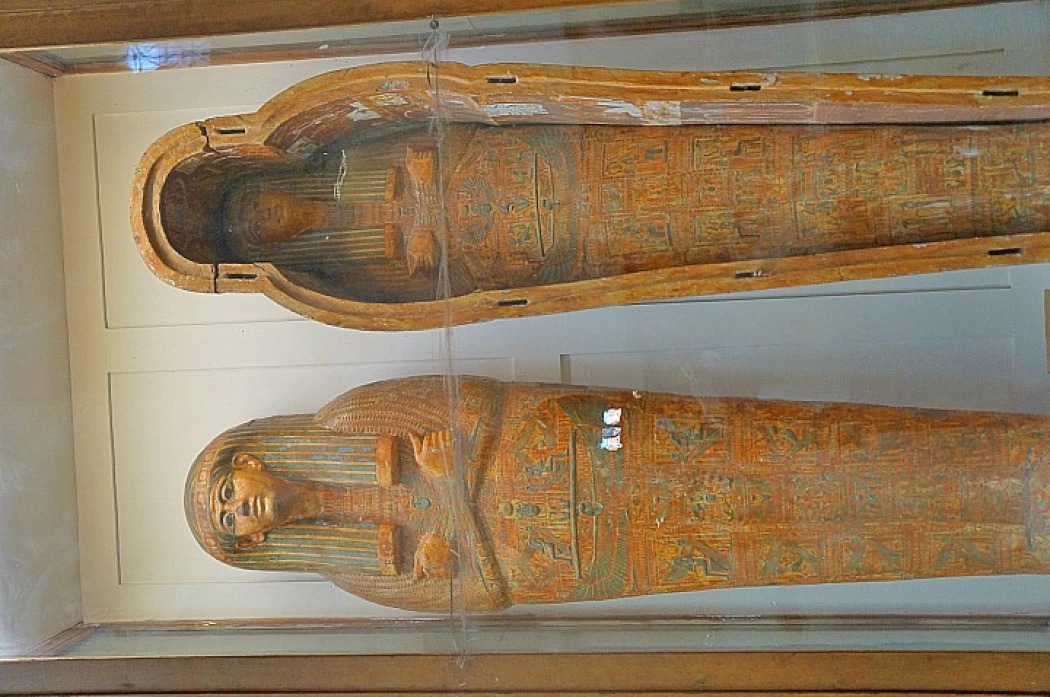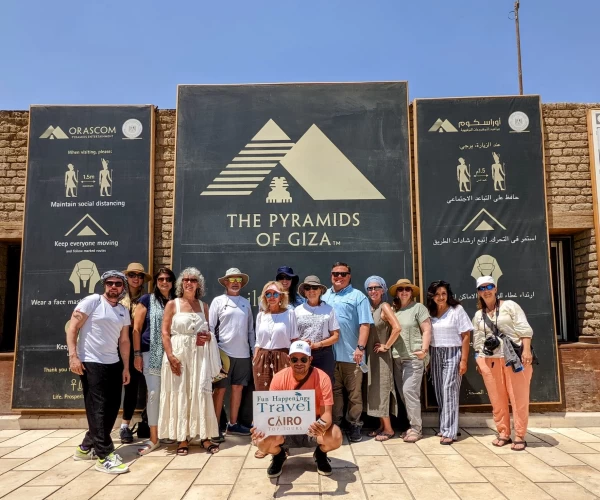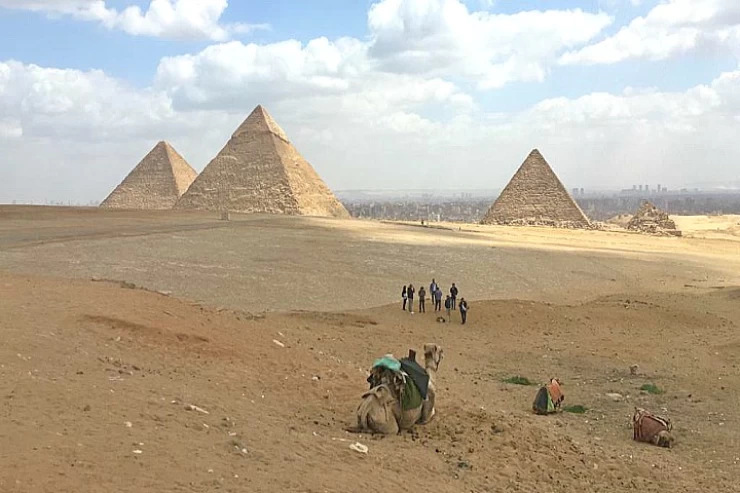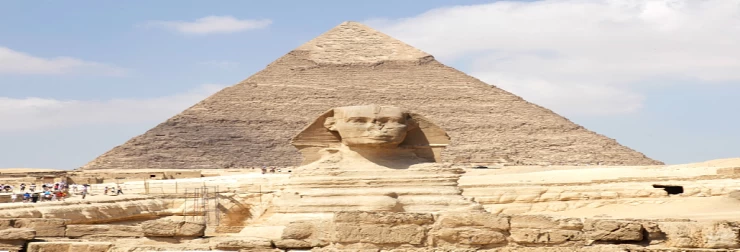
Funeral Traditions in Ancient Egypt
Funeral Traditions in Ancient Egypt
To live in the afterlife, the Egyptians believed that it was necessary to preserve the deceased through mummification, to allow the soul to live in the embalmed body. The dead were then provided with whatever could be useful to them after death, before delivering them forever to eternity with a series of elaborate funeral rituals.
These body conservation techniques, described in detail in the section dedicated to mummification, could be implemented by natural means, using simple sandy tombs in which natural mummification took place, or by embalming, which took place according to procedures still unknown.
The first mummies, from the prehistoric era, were probably accidental. Mummification began under the 4th dynasty, with the development of artificial embalming techniques. The priests first removed all internal organs, except the heart, which would also have a key role in ultra-earthly life. Then the corpse was dried with natron and finally wrapped in linen bandages.
Special canopic jars guarded the internal organs of the dead. Intestines, stomachs, liver, and lungs were placed in separate vessels, next to the coffin inside the tomb. Among the most valuable canopic vases are those found from the tomb of Tutankhamon, now preserved in the rooms of Tutankhamen in the Egyptian Museum in Cairo.
A death mask was placed on the head of the mummy, to help the spirit of the deceased person recognize his body.
All the masks of the mummies, from the splendid gilded specimens of the pharaohs to the more common ones in cartonnage, were idealized portraits of the dead.
The mummy was often buried, as well as with a large number of earthly objects, with funerary furnishings, including amulets, ritual figurines, and a model boat for transport to the afterlife.
Ceremonies and funeral rites:
At the funeral, relatives offered food, and the priests performed special rituals. These ceremonies were to protect the deceased on his journey to the afterlife, protecting him on his path.
For added support, ritual images and texts were placed on the body of the deceased or used to decorate the tomb.
The ritual of the opening of the mouth was performed before the burial since in this way the senses would be reactivated and the deceased could continue to live in the afterlife.
The "weighing of the heart" was the final stage in the journey to the afterlife. The deities presided over the ceremony to decide whether the dead deserved eternal life. The god Anubis weighed his heart with the feather of truth. If the heart was too heavy, it was given to the monster Ammut, which devoured it. Only in the case of equilibrium did the dead have the right to eternal life.


















